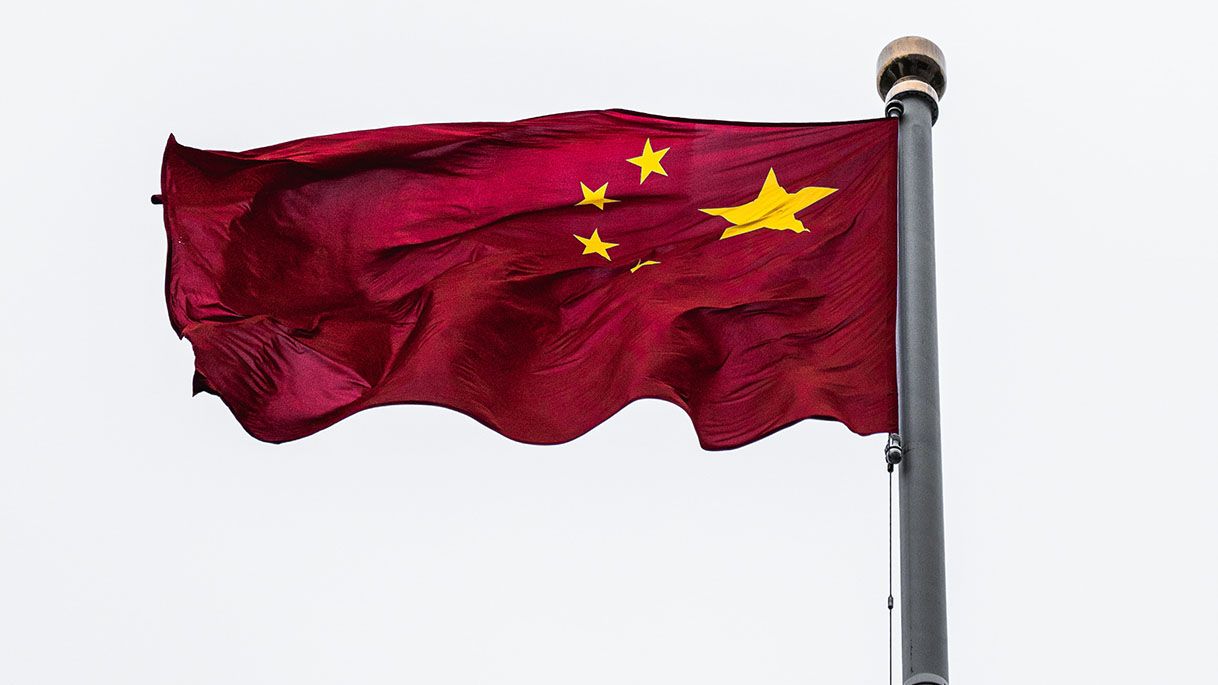Executive Brief

China—Central Asia Summit
Competing for InfluenceChina hosted presidents from Kazakhstan, Kyrgyzstan, Tajikistan, Turkmenistan, and Uzbekistan for the inaugural China-Central Asia Summit, held in Xi’an on 17-19 May — signalling China’s countermove to the G7 Summit held the same week in Hiroshima, Japan. According to China’s Foreign Ministry, the meeting produced 82 agreements covering 8 categories:
- Institutionalization of dialogue platforms. In addition to the establishment of the China- Central Asia Summit for the heads of state, the parties also agreed to set up dozens of dialogue platforms covering industry, agriculture, transportation, and education.
- Expanding economic and trade ties. The meeting agreed to upgrade bilateral investment treaties, streamline customs clearance for agricultural and other products, and promote digital trade.
- Improving connectivity. China agreed to increase the volume of cargo going through the five countries; support the development of a trans-Caspian transport corridor; and set up more logistics and distribution centers in these countries for the region, as well as for European and Middle East markets.
- Strengthening energy cooperation. The countries will expedite construction of Line D of the China-Central Asia Gas Pipeline; increase the volume of oil and gas trade; expand oil and gas-based industries; and tap into nuclear energy cooperation.
- Promoting Green development. China will work with the Central Asian countries to address the ecological crisis of the Aral Sea and improve the use of saline-alkali land and irrigation systems and promote water-saving technologies. China will help these countries set up sustainable development programs.
- Pushing poverty relief. China will establish a special aid program to help the Central Asian countries reduce poverty.
- Increase cultural and educational engagement. China will provide more scholarships for students from Central Asian countries to study in China and invite these countries to participate in programs like the “University Alliance of the Silk Road”; China will open special tourism train services to these countries.
- Strengthening security cooperation. The countries agreed to increase coordination and cooperation among their militaries and law enforcement to fight cross-border crimes, terrorism, and “color revolutions.” They also agreed to help Afghan reconstruction.
The five land-locked Central Asian countries were once former Soviet Union republics. After the USSR’s collapse, they maintained closer political and economic ties with Russia than with any other countries.
With Russia’s waning power, particularly after its invasion of Ukraine, these countries started to look for new external power partners, which intensified regional rivalry between the US and China.
- In February 2023, the US established a “5+1” dialogue mechanism with the five countries, and Secretary of State Blinken met with top officials from these countries in Astana, Kazakhstan. Blinken promised to provide $25 million in economic aid to the five countries on top of $25 million provided in 2022 and stated that “the US is a far more reliable partner” and will help them diversify trade routes. He promised that the US “supports the sovereignty, independence, and territorial integrity” of the five countries.
- In contrast to the US approach, China agreed at the summit to provide RMB 26 billion ($3.7 billion) to support projects in these five Central Asian countries. This amount probably will be in the form of loans.
Driving Factors
The Xi’an summit is China’s major move to counter the US and win over the five Central Asian countries. According to various Chinese analysts, security and economic concerns are driving these latest, competing Central Asian initiatives from the US and China.
SecurityChina finds its security environment deteriorating rapidly. Beijing believes the US is tightening the encirclement of China on the east and south with enhanced US alliances — Japan, South Korea, the Philippines, and Australia. The establishment of new blocs like the QUAD (US-Japan-India-Australia) and AUKUS (Australia-UK-US), as well as NATO steadily moving into Asia, further reinforces Beijing’s perceptions. China’s new initiative with Central Asia seeks to halt US encirclement and shore up the western flank.
China also wants to create a new gateway to the Middle East and Europe. One agreement reached in Xi’an was to expedite construction of a new 523km China-Kyrgyzstan-Uzbekistan railway line that would become the second Euro-Asia land bridge for China after the trans-Siberian railway line in the north. The new line will eventually connect to Iran.
Download our recent executive brief to keep reading.